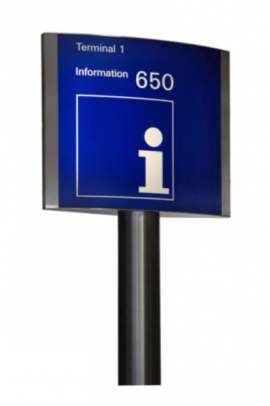
The Different Classes of Goods Under the Nice Agreement

Popular In Trademark
Trademark Registration Overview How To Trademark A Name Trademark Symbols Remedies To Trademark Infringement Defenses Against Trademark Infringement Paris Convention How To Report Trademark Infringement Tm Symbol Trademarks Common Law And Trademarks Types Of Passing Off How To Register A Trademark The Madrid Agreement Overview
The World Intellectual Property Organization is responsible for administering the system referred to as the International (Nice) Classification of Goods and Services, or, officially, the the Nice Agreement Concerning the International Classification of Goods and Services for the Purposes of the Registration of Marks. This system was created to allow for the registration of trademarks made in reference to a particular good or service. The Nice Classification was agreed to on June 15, 1957 in its namesake city.
It was later altered by revisions made at Stockholm in 1967 and in Geneva in 1977. At the start of 2009, this agreement was binding for 83 nations. Its various descriptions and classifications are also used for the practical purposes of trademark registration in the 64 nations which have not officially signed the Nice Agreement. The Agreement may be entered into by nations which are signatory to the Paris Convention, the foundation of European intellectual property right law.
The version of the Nice Classification currently in use is the Ninth Edition, which was introduced at the start of 2007. The textual versions of the Nice Agreement which are considered "authentic" are those presented in French and English. WIPO provides the full contents of the Nice Classification online, in a published version, and on CD-ROM. The CD-ROM versions of the Nice Agreement are presented in both English and French. Revisions to the Nice Agreement are made by a body, composed of representatives from each of the signatory states, called the Committee of Experts.
WIPO considers the basic purpose of the Nice Classification System to be to allow the international registration of goods to be more easily made. Because similar trademarks found in the same category may incur the most serious legal problems, the classification system is also intended to help along prospective trademark applicants by enabling them to discover if there are any preexisting versions of their trademark. For this reason, the classification system based on the Nice Agreement is made available in several languages.
Class 1: Chemicals (may include foundational materials for other classes of goods)
Class 2: Paints (may include anti-corrosive materials)
Class 3: Cosmetics and cleaning preparations
Class 4: Lubricants and fuels
Class 5: Pharmaceuticals
Class 6: Metal goods
Class 7: Machinery
Class 8: Hand tools
Class 9: Electrical and scientific apparatus
Class 10: Medical apparatus (includes tools used for medical procedures and artificial limbs)
Class 11: Environmental control apparatus (may include light sources, sanitary procedures, and food preparation in addition to temperature control)
Class 12: Vehicles
Class 13: Firearms
Class 14: Jewelry (includes time pieces and excludes valuable metals used for purposes other than decoration)
Class 15: Musical instruments
Class 16: Paper goods and printed matter
Class 17: Rubber goods
Class 18: leather goods
Class 19: Nonmetallic building materials
Class 20: Furniture and articles not otherwise classified
Class 21: Housewares and glasses
Class 22: Cordage and fibers
Class 23: Yarns and threads
Class 24: Fabrics
Class 25: Clothing (includes shoes and hats)
Class 26: Fancy goods (fake flowers, items for personal adornment and ornamentation)
NEXT: The International Trademark Association



















